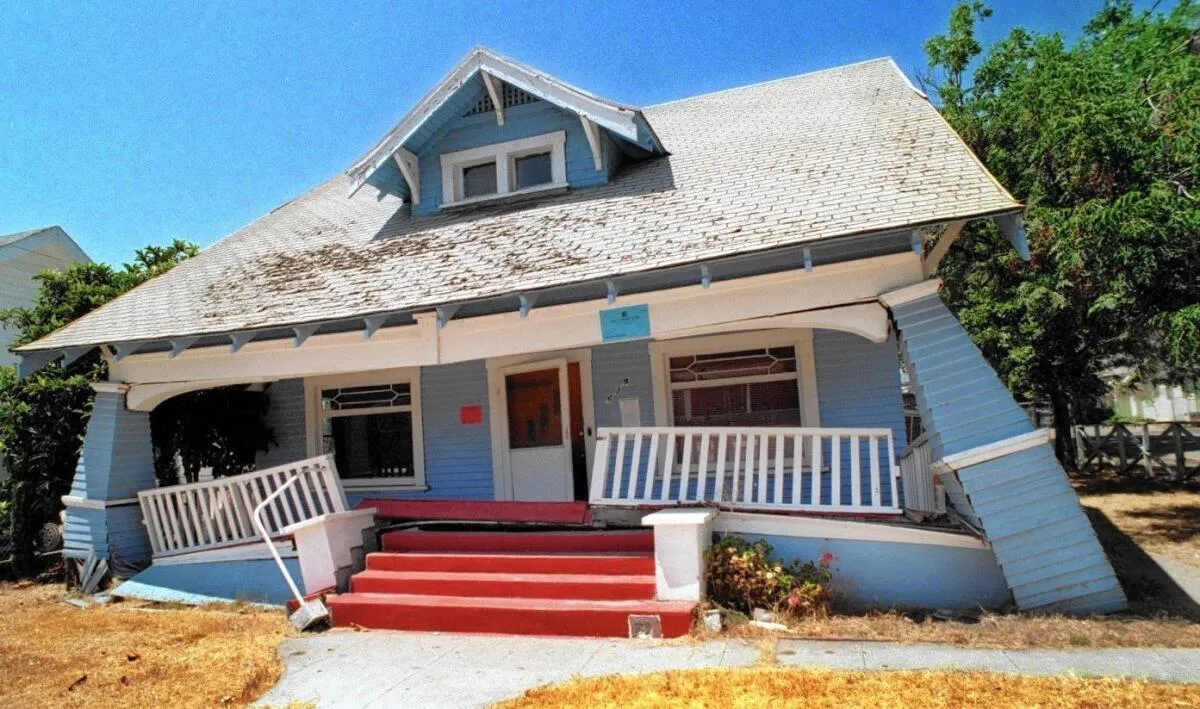
A Homeowner’s Guide to Seismic Retrofitting in Northern California
Protect Your Home. Secure Your Future
Northern California is one of the most earthquake-prone regions in the United States. While the breathtaking landscapes, coastal beauty, and vibrant cities offer an incredible lifestyle, they come with a seismic risk every homeowner should take seriously. Whether you own a century-old Craftsman in San Francisco, a ranch-style home in Santa Rosa, or a modern hillside retreat in Napa Valley, seismic retrofitting can make all the difference when the ground starts to shake.
In this guide, we’ll break down everything you need to know about seismic retrofitting—what it is, why it matters, how it works, and how to get started.
What is Seismic Retrofitting?
Seismic retrofitting is the process of strengthening an existing building to make it more resistant to seismic activity caused by earthquakes. Unlike new constructions, many older homes in Northern California were not built with today’s earthquake standards in mind. Retrofitting helps bring these homes up to modern safety expectations by reinforcing key structural components such as:

Foundations

Cripple walls

Floor framing systems

Chimneys and masonry

Soft-story conditions (like garages or open lower floors)
1. Foundations
2. Cripple walls
3. Floor framing systems
4. Chimneys and masonry
5. Soft-story conditions (like garages or open lower floors)
Why Is Seismic Retrofitting Important?

1. You Live in Earthquake Country
California averages two to three earthquakes every day, most of them small and unnoticed. However, history has shown us — from the 1989 Loma Prieta quake to the 2014 Napa Valley earthquake — that when a major one hits, the damage can be devastating.
According to the U.S. Geological Survey (USGS), there’s a 72% probability of one or more major earthquakes (magnitude 6.7 or higher) hitting the San Francisco Bay Area in the next 30 years. That’s not a vague possibility — it’s a statistical certainty. Retrofitting is your first line of defense against this eventuality.
2. Reduce Structural Damage
An unretrofitted home may slide off its foundation, collapse walls, or split at the seams during strong shaking. Repairing this kind of damage can cost hundreds of thousands of dollars — or more.
In contrast, a properly retrofitted home is anchored, braced, and reinforced to absorb and distribute seismic energy more safely. This reduces not only the cost of repairs, but also the risk of total structural failure — which can render a home uninhabitable.

3. Protect Your Family and Investment
For most people, their home is not only their biggest investment — it’s also their sanctuary. It holds your memories, your possessions, and your sense of safety. Retrofitting protects your loved ones by helping to keep the structure intact during an emergency, giving you time to exit safely and reducing the risk of injury or death.
Beyond physical safety, it also protects your financial stability. The cost of rebuilding after a major quake — especially if you lack adequate insurance — can be crippling.
4. Lower Insurance Premiums
Insurance companies are very aware of seismic risks in Northern California. Some will deny earthquake coverage to homes that haven’t been retrofitted. Others may offer lower premiums for homes that meet certain retrofit standards.
In some cases, retrofitting your home may even be a requirement for obtaining a mortgage, refinancing, or qualifying for certain disaster relief programs.

5. Qualify for Government Incentives
Programs like Earthquake Brace + Bolt (EBB) — funded by the California Earthquake Authority (CEA) and the Governor’s Office of Emergency Services — help homeowners in high-risk areas by offering grants of up to $3,000 toward seismic retrofits.
You must apply in advance, and eligibility is ZIP code-specific. But for many homeowners, this program can cover a significant portion of the retrofit cost — making it one of the best proactive investments you can make.
Signs Your Home May Need a Retrofit
How do you know if your home is at risk? Not every structure needs a retrofit, but there are several warning signs that suggest yours may benefit:

Built Before 1980
Many homes built before 1980 (especially in the 1940s–1970s) predate modern seismic building codes. These homes often lack proper anchoring or structural bracing.

Raised Foundation with Cripple Walls
If your home sits on a raised foundation with short walls (called cripple walls) between the foundation and the floor, these walls are vulnerable to collapse if not reinforced.

No Anchor Bolts
Check your crawl space or basement. If the frame of your home isn’t bolted to the concrete foundation, it’s more likely to slide during an earthquake.

Soft-Story Design
Homes with large openings on the first floor — like garages or retail spaces — often need reinforcement. The open design lacks structural shear strength.

Unreinforced Masonry
If your home has brick chimneys, stone walls, or other unreinforced masonry, these elements can easily crack or collapse during shaking.

Sloped or Hillside Homes
Homes built on hillsides or with split levels may experience different movements during a quake. Without specialized reinforcement, this can lead to failure at weak points.
Final Thoughts: Earthquakes Are Inevitable — But Disaster Doesn’t Have to Be
Northern California’s natural beauty comes with natural risks. Earthquakes may not be predictable, but your preparedness can be. Seismic retrofitting is one of the most important investments you can make in your home and your future.
With a properly retrofitted structure, you’re not just protecting a house. You’re protecting your family, your memories, and your peace of mind.
